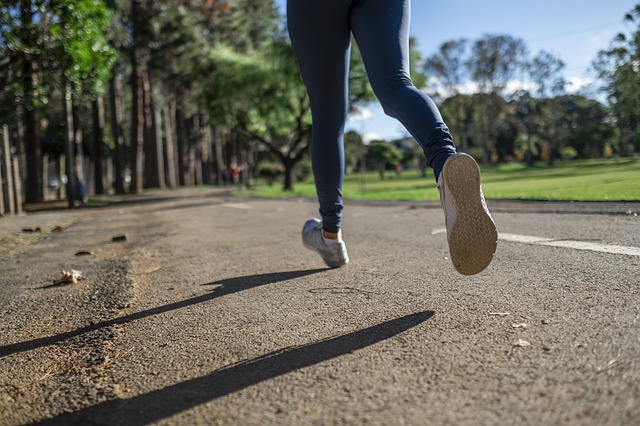This blog is excerpted from Harvard Medical School’s Harvard Healthbeat article, “The best exercises for your bones,” published on May 26, 2020.
Certain types of exercise can increase muscle mass, which in turn enhances strength, muscle control, balance, and coordination. Good balance and coordination can mean the difference between falling—and suffering a fracture—and staying on your feet. Strong evidence shows that regular physical activity can reduce falls by nearly a third in older adults at high risk of falling.
The Best Exercises for Bone Strength Have One or More of the Following Attributes
They provide resistance. In these forms of exercise, you challenge your muscles by working against some type of resistance, such as dumbbells, elastic bands, or even your own body weight. Resistance exercises, including classic strength training, rely on muscle contractions that tug on bones to stimulate them to bulk up.
They are weight-bearing. Weight-bearing exercise is any activity, such as running, walking, dancing, hiking, climbing stairs, or playing tennis, golf, or basketball, in which you carry your body weight and work against gravity. This is in contrast to non-weight-bearing activities such as swimming or cycling, where the water or bicycle supports your body weight. The force you exert to counteract gravity when you do weight-bearing activities is what stimulates bones to get stronger.
They provide impact. When you land a jump or pound the ground with each step as you run, you multiply the weight-bearing effect of gravity. That’s why higher-impact activities generally have a more pronounced effect on bone than lower-impact exercises.
They’re higher-velocity. Impact can be increased even more as your speed increases. For example, jogging or fast-paced aerobics will do more to strengthen bone than a leisurely stroll or slow calisthenics.
They involve sudden changes of direction. Changing direction while you’re moving also appears to benefit bones. When researchers reviewed bone strength in the hips of a variety of athletes, they found that those who played sports such as soccer and squash, which involve rapid turns and start-and-stop actions, had bone strength similar to those who did high-impact sports, like triple jumpers and high jumpers—and they all had greater bone density than long-distance runners.
They help improve your balance. Exercises that target balance may not be the best for building bone, but they will help keep you from falling, so they also serve a bone-protecting function.
Get Help for Spine-Related Pain Beyond Exercises
We encourage all our readers to maintain a careful and mindful exercise routine. If you are still in pain despite this special attention, it may be likely you have a physical abnormality within the spine that requires surgical repair. Our targeted, minimally invasive procedures were designed and patented by Dr. Bonati to treat spinal abnormalities WITHOUT the need for general anesthesia, highly-invasive open back techniques like fusion & hardware, excessive scarring and a prolonged recovery. We can treat all levels of the spine. If you are dealing with chronic pain, allow our team to review your case to determine if you are a candidate for the Bonati Spine Procedures. To get this review started, simply call us at 844-663-0310 or complete our online contact form and one of our patient advocates will reach out to you directly.
Read the full Harvard Healthbeat article here: https://www.health.harvard.edu/staying-healthy/the-best-exercises-for-your-bones

